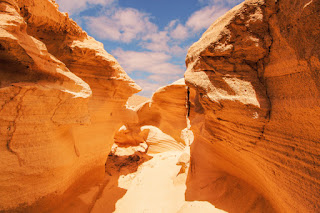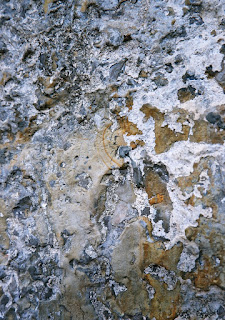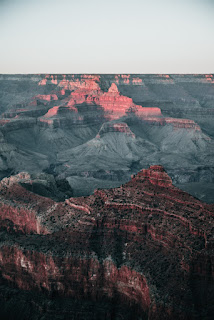Types of Rocks and Classification
What is Rock?
Also For civil engineers Formation of a kind of rock is an essential factor in Foundation Structures
Also read: Quarrying of Stones by various methods
Uses of stones
For more information watch the video:
Classification of Rocks:
- Geological Classification
- Physical Classification
- and Chemical Classification
1)Geological Classification: Depending upon its formation it is classified as:
- Igneous rocks
- Sedimentary rocks
- Metamorphic rocks
- Igneous rocks:
The molten mass is known as magma, and the solidification of this molten mass, whether it is located above or below the earth’s surface, leads to the formation of igneous rocks.
Igneous rocks possess properties such as hardness, toughness, density, and crystalline texture.
Various minerals can be found in igneous rocks, including augite, feldspar, hornblende, mica, quartz, and others.
Examples of igneous rocks are basalt, diorite, granite, and trap.
Further Igneous rocks are classified as
- Plutonic rocks: The cooling of magma at a considerable depth from the earth’s surface forms these rocks. They have a crystalline nature as they cool slowly due to the thick covering over the top. Examples of these rocks include Basalt, trap, granite, etc.
- Hypabyssal rocks: When magma cools at shallow depths near the earth’s surface, it forms these rocks. They cool relatively faster compared to Plutonic rocks. Hypabyssal rocks exhibit a crystalline and fine-grained structure. Examples of hypabyssal rocks include dolerite, apatite, dolomite, and other varieties.
- Volcanic rocks: On the surface, these rocks form and experience faster cooling compared to other stones. The rapid cooling process gives them a non-crystalline, amorphous, and glassy texture. Examples of volcanic stones, such as syenite, peridotite, and andesite, among others, illustrate this characteristic.
- Sedimentary rocks: The gradual deposition of rock products on the earth’s surface forms sedimentary rocks through a process known as the sedimentation process.
Examples: Sandstone, limestone, gypsum, shale, stale, etc.
Sedimentary rocks are divided into the following:
- Residual deposits: Due to weathering of rocks at the same place, these deposits are formed, and subsequently, they settle out and deposit.
- Sedimentary deposits: These deposits, on the other hand, consist of rocks that are insoluble in water and categorize as sedimentary deposits.
- Chemical deposits: Soluble in water, these deposits are transported through the water as a suspension.
- Organic deposits: Organic deposition refers to the deposition of biological waste.
- Metamorphic rocks:
Through the action of the earth’s movements, temperature changes, and liquid pressure, igneous or metamorphic rocks undergo transformations to form these rocks. The heat transfer takes place between the magma and the pressure generated by a load of stones, leading to a process of change referred to as metamorphism.
Furthermore, various types of metamorphism exist, such as thermal, cataclastic, and plutonic metamorphism. For instance, slate, marble, gneiss, and others are examples of metamorphic rocks.
2)Physical Classification: This classification is based on the appearance and structure of the rocks it is classified as:
- Stratified Rocks
- Unstratified Rocks
- Foliated Rocks
- Stratified Rocks: With distinct planes of division, sedimentary rocks exhibit the property of being able to split up. This characteristic is commonly found in stratified rocks. For instance, sandstone, limestone, and slates are examples of stratified rocks.
- Unstratified Rocks: In contrast, unstratified rocks lack a distinct plane of division, resulting in a granular or compact granular nature. They stand as the opposite of stratified rocks.
- Foliated Rocks: Notably, foliated rocks split up in well-defined directions, particularly in the case of metamorphic rocks formed due to extensive heat and pressure. These rocks are also commonly referred to as laminated rocks.
- Silicious rocks
- Argillaceous rocks
- Calcareous rocks
- Silicious rocks: Silicious rocks, which consist primarily of silica, exhibit hardness, and durability. Examples of silicious rocks include granite, basalt, quartzites, and syenites, among others.
- Argillaceous rocks: On the other hand, argillaceous rocks are mainly composed of argil or clay, rendering them brittle and hard. Examples of argillaceous rocks include porphyry, laterite, slate, and more.
- Calcareous rocks: In contrast, calcareous rocks have lime as their primary composition. These rocks are also known for their durability. Examples of calcareous rocks include limestone, dolomite, marble, kankar, and so forth.
Also visit: About me
Compressive strength of stone
I hope u have understood all the different types of rocks and also its classification for more info plz more detail Types of rocks
Thank you for sharing and join social media groups.




